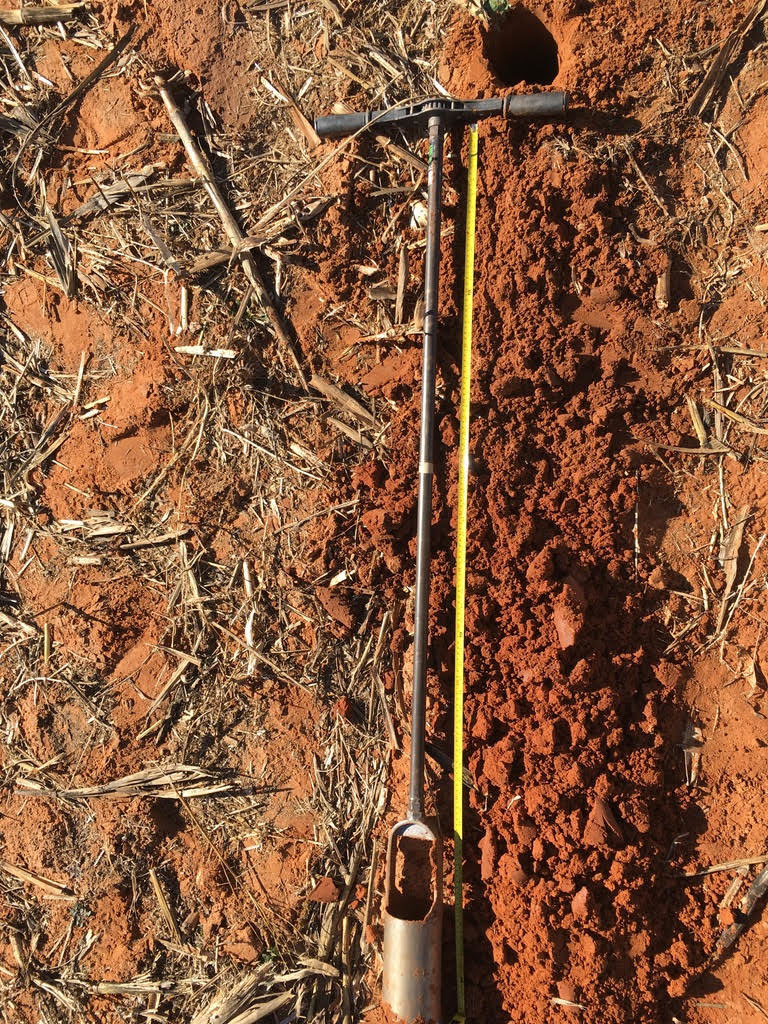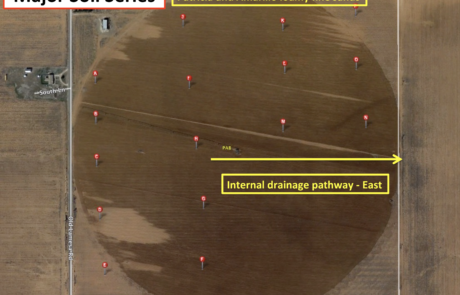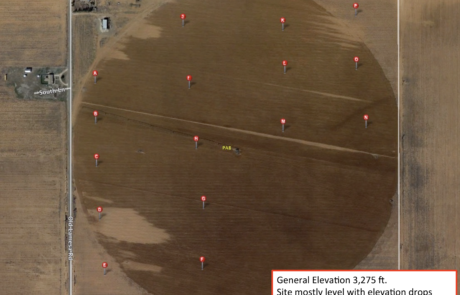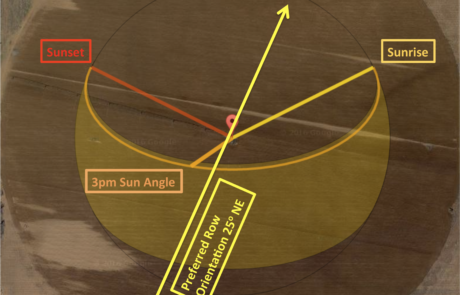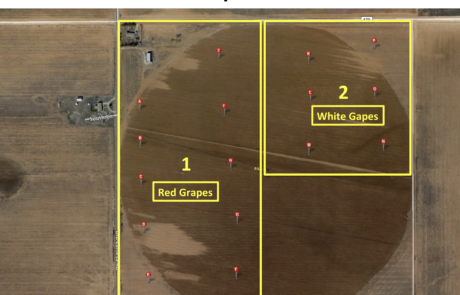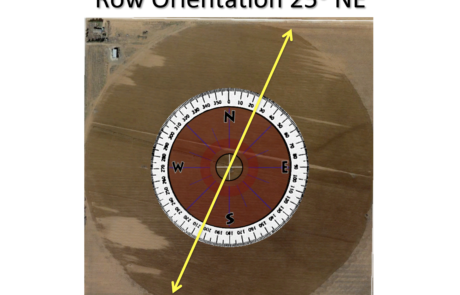Our Science

Patricia and Amarillo Soil Series
The Patricia & Amarillo series consists of very deep, well drained, moderately permeable soils that formed in sandy eolian sediments in the Blackwater Draw Formation of Pleistocene age. These soils are on very gently to gently sloping plains. Slope ranges from 0 to 5 percent. The mean annual precipitation is 457 mm (18 in) and the mean annual temperature is 16 degrees C (61 degrees F).
Depth to well-drained caliche rock varies across the Rowland Taylor property ranging from 33 inches to rock in shallower areas and greater than 60 inches to rock in areas with deeper soil.
TAXONOMIC CLASS
Fine-loamy, mixed, superactive, thermic Aridic Paleustalfs
Patricia Soil Series
A1–0 to 13 cm (0 to 5 in), yellowish red (5YR 5/8) loamy fine sand, yellowish red (5YR 4/6) moist; weak fine subangular blocky structure; loose, loose; many very fine and fine roots; moderately alkaline; gradual smooth boundary. (0 to 13 cm [0 to 5 in] thick

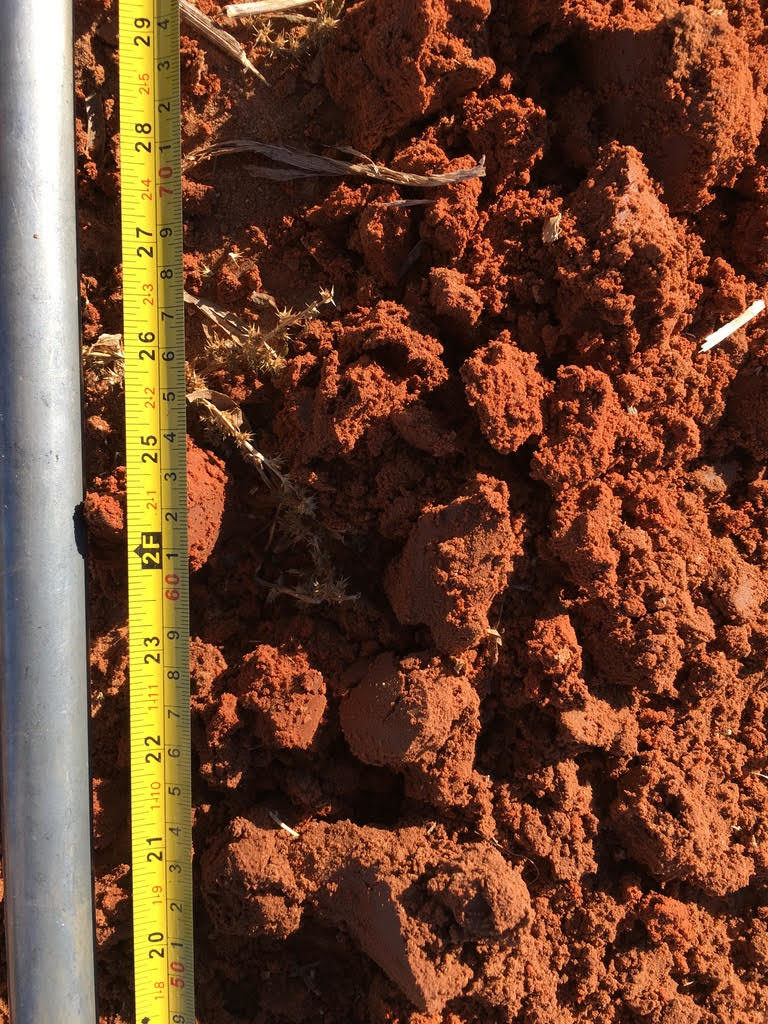
TAXONOMIC CLASS
Fine-loamy, mixed, superactive, thermic Aridic Paleustalfs
Amarillo Soil Series
Ap–0 to 28 cm (0 to 11 in); brown (7.5YR 4/4) fine sandy loam, dark brown (7.5YR 3/4) moist; weak fine granular structure; hard, very friable; many fine roots; many fine and medium pores; many wormcasts; slightly alkaline; clear smooth boundary. (Thickness is 13 to 48 cm [5 to 19 in].)

